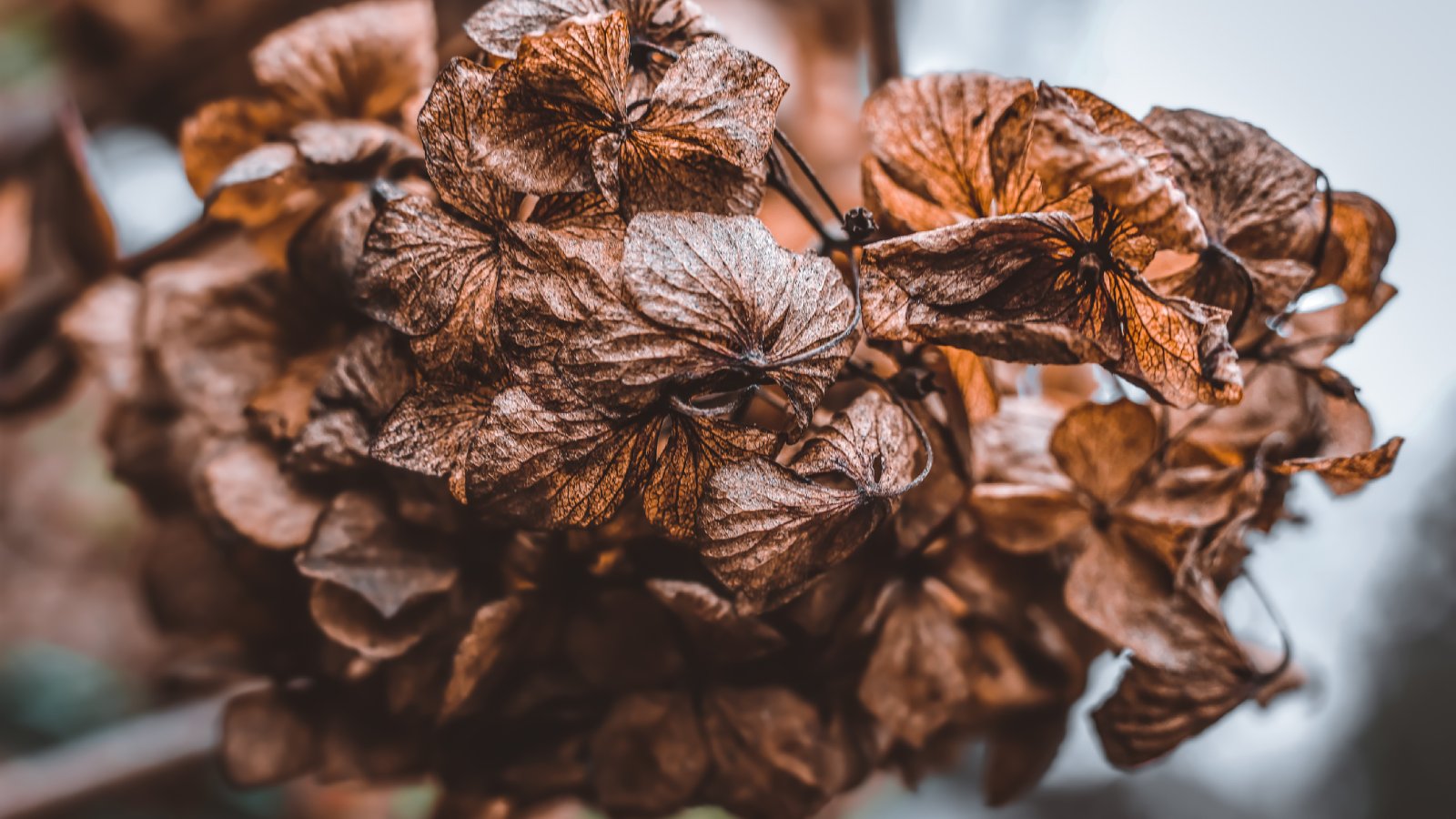Azaleas Are Turning Brown: What Causes Brown Azalea Blossoms


Azalea flowers come in a variety of colors; however, brown azalea flowers are never a good sign. When fresh azalea blooms turn brown, something is definitely wrong. Brown azalea blossoms can be the result of pests or diseases such as petal blight, but often the culprit is cultural care. Read on for information about various reasons you might see azaleas turning brown, along with tips to recognize azaleas with petal blight.
Azaleas Turning Brown
One day your azalea flowers are bright and beautiful. The next day you see brown blossoms. What could be wrong? When your azalea blooms turn brown, first look to cultural care. Azaleas are generally healthy plants if you meet their growth requirements. Too much or too little water, the wrong exposure, or soil may result in browning flowers.
What do azaleas need? That depends on the type of azalea you have and there are many. Generally, azaleas like dappled sun, acidic soil with excellent drainage, and a deep soaking every week during the growing season. The soil surface must dry out slightly between waterings.
Azaleas with Petal Blight
If your blooms turn brown and hang droopy on the plant, take a closer look. When there are water-soaked spots on the petals, your plants likely have Ovulinia petal blight. The lesions grow quickly, become slimy, and turn brown, yet remain on the bush for a long time.
Azaleas usually get petal blight when the weather is cool and wet. This pathogen overwinters as sclerotia in diseased flowers, both those brown azalea blossoms remaining on the plants and those that fall to the soil. The sclerotia produce spores when the weather is mild but misty.
If you see azaleas with petal blight, clean up the area, removing brown azalea flowers from the plant and from the soil. Mulch the bed well in autumn to prevent germination of sclerotia. If you opt to use a fungicide, do so one month before the plant blooms.
Other Reasons Azalea Blooms Turn Brown
Azalea flowers can turn brown for a number of other reasons as well. Lace bugs are a common pest of these plants and usually leave the foliage speckled gray or white, rather than turning the flowers brown. However, severe lace bug damage can cause dieback that kills entire branches, so keep an eye out for dark insects with lacy wings.
Sign up for the Gardening Know How newsletter today and receive a free copy of our e-book "How to Grow Delicious Tomatoes".
You should also consider root and crown rot when your blooms turn brown suddenly. This fungal disease causes plants to wilt suddenly and die. Look for brown discoloration in the lower stems and main wood. Use a soil fungicide and transfer plants to well-drained and well-aerated soil.
Rhododendron bud and twig blight is another possibility. The flower buds typically turn brown and won’t open in the spring, later becoming covered in black fruiting structures. Leafhoppers are often to blame for this fungus. Remove infected buds and treat for leafhoppers in the garden.

Teo Spengler is a master gardener and a docent at the San Francisco Botanical Garden, where she hosts public tours. She has studied horticulture and written about nature, trees, plants, and gardening for more than two decades, following a career as an attorney and legal writer. Her extended family includes some 30 houseplants and hundreds of outdoor plants, including 250 trees, which are her main passion. Spengler currently splits her life between San Francisco and the French Basque Country, though she was raised in Alaska, giving her experience of gardening in a range of climates.